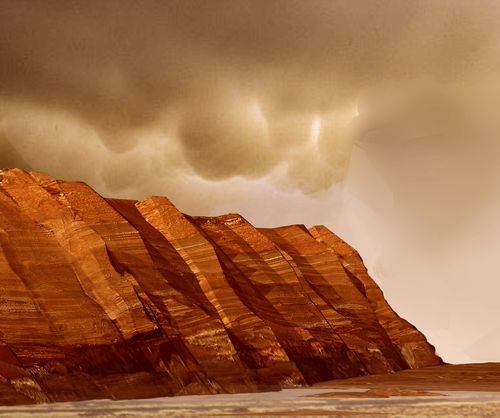By: Nick Gambino
When the NASA rover Perseverance touched down on Mars last week, we were promised video and audio would arrive back on Earth in short order. And now it’s here. For the first time in history, we can hear what it sounds like on Mars and see what the surface looks like beyond still photos.
The video shows the NASA rover touching down on the Red Planet after deploying its parachute, Martian dust blowing in every direction as the thrusters allow the rover to land safely. We then see the heat shield that protected it as it broke into Mars’s atmosphere detach.
“This video of Perseverance’s descent is the closest you can get to landing on Mars without putting on a pressure suit,” NASA’s associate administrator for science, Thomas Zurbuchen, said. “It should become mandatory viewing for young women and men who not only want to explore other worlds and build the spacecraft that will take them there but also want to be part of the diverse teams achieving all the audacious goals in our future.”
We’ve never before seen these 7 minutes of terror as a rover breaks through the Martian atmosphere. In the past, as with the Curiosity, none of this awe-inspiring phase of the mission was recorded.
The audio, while not offering a ton of sound, is equally impressive as it allows us to hear what a wind gust sounds like on the Martian planet. There’s no audio from the descent but after settling in, the rover was able to record 60 seconds from the Jezero Crater.
There are two versions of the audio available—one with the self-noise from Perseverance and one with the self-noise filtered out so you can really hear the Martian wind.
Now, apparently this isn’t the first time they’ve captured some sort of sound on the Red Planet. The NASA InSight Lander’s seismometer and air pressure sensor detected vibrations from wind back in 2018. It was nothing compared to what Perseverance recorded and sent back to us.
Perseverance’s mission objectives include looking for signs of microbial life and testing oxygen production in preparation for human contact. This is exciting stuff.










